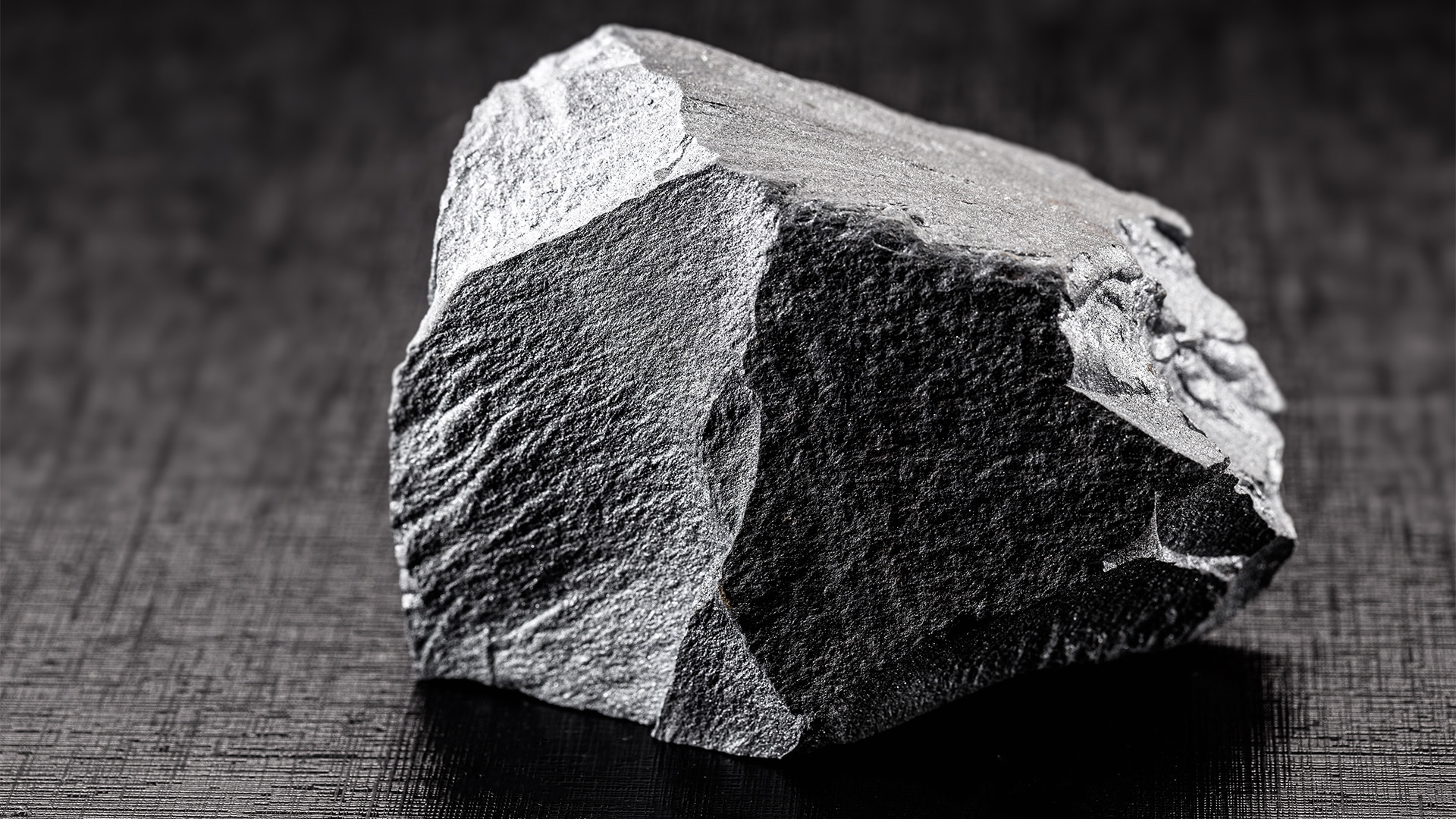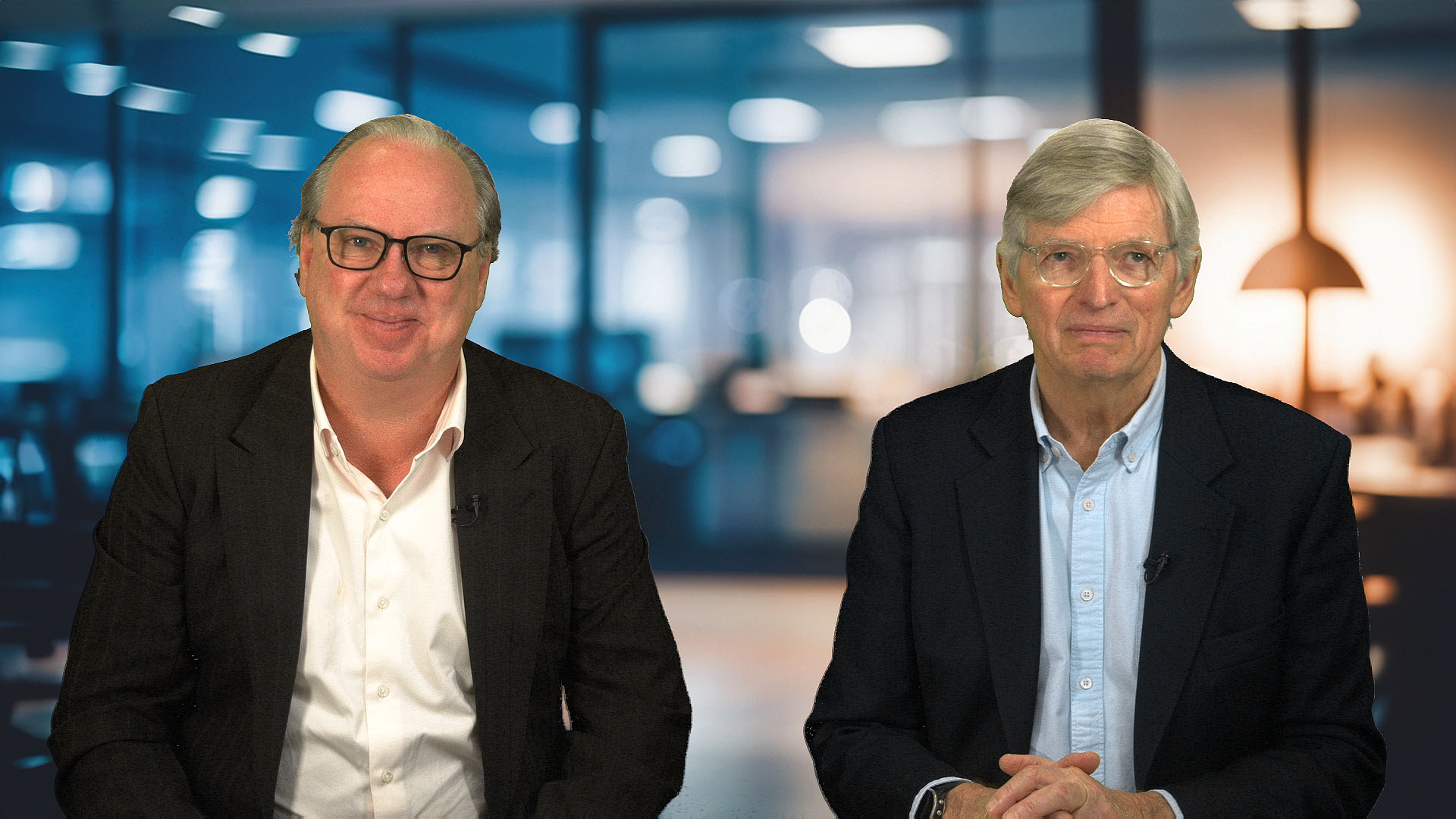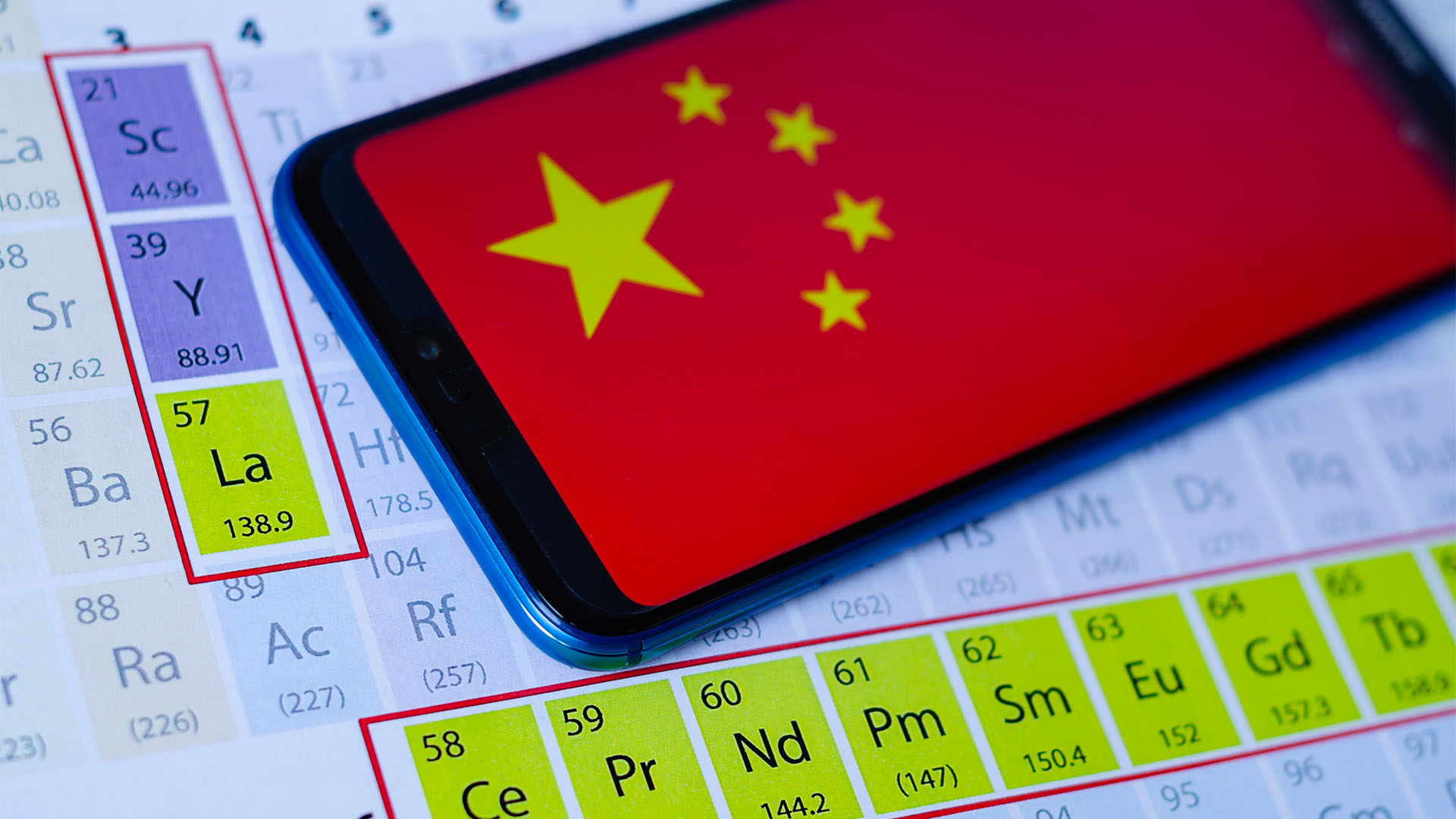BHP (ASX:BHP) increasingly loves copper, especially in South Australia, where it took a $9.6 billion punt in 2022-23 by purchasing OZ Minerals, a move that is now paying off in spades. Copper is pouring out of the company’s three mines in South Australia, led by Olympic Dam, arriving just in time to catch the recent rebound in prices to a 16-month high earlier this month of $US4.4385 a pound on Thursday. These are the highest copper prices since May 2022, in the wake of the Russian invasion of Ukraine.
The only imponderable is the future of the West Mugrave nickel-copper mine on the far eastern border of Western Australia. BHP is continuing work on the mine, but its nickel focus makes its future problematic.
And then there’s BHP’s existing South Australian assets – its crown jewel, Olympic Dam (and the possibly rich new area called the Deeps), and the much-probed but little developed Oak Dam prospect nearby, which is firming as a new mine certainty from 2030 onwards.
BHP stated that its March quarter copper production increased by 49% due to the addition of volumes this year from two OZ Minerals mines – Prominent Hill and Carrapateena – and from a strong underlying operational performance at Olympic Dam, including the highest quarter of material mined in over 10 years in Q3 FY24. "Strong smelter performance at Olympic Dam was supported by ongoing transfers of concentrate from Prominent Hill and initial transfers from Carrapateena in Q3 FY24, for processing to higher-margin cathode. Crusher 2 at Carrapateena was commissioned in Q3 FY24 and remains on track to ramp up in Q4 FY24,” BHP said this week. Production guidance for FY24 remains unchanged at between 310,000 and 340,000 tonnes and looks like rising towards 400,000 tonnes for 2024-25.
And then there’s Oak Dam, which so far sounds like (from data already released) a smaller version of Olympic Dam. It’s a prospect that BHP seems very anxious to have a real look at and bring on stream if the numbers stack up. In fact, BHP reckons it could be in a position to produce a preliminary resource size later this year as it runs up to a dozen drills on the area, which is 65 kilometres southeast of Olympic Dam. Oak Dam is, like Olympic Dam, a deep iron oxide copper-gold (IOCG) mineralized system. Olympic Dam has an estimated 2.6 billion tonnes of copper, gold, silver, and uranium. Oak Dam has high copper and silver readings, and silver and gold. It is considered to be smaller than Olympic Dam, but also buried under hundreds of meters of overburden. In the March quarter report, BHP said, "At Oak Dam, we are progressing the external approval process for an underground access decline to enable faster and lower-cost resource definition drilling of the mineral deposit, and we expect to be able to provide an Inferred Mineral Resource for Oak Dam later this calendar year.” It is working in close partnership with traditional owners, and the South Australian government has recently granted environmental approval for the next phase of exploration drilling. The approval permits up to 14 drill rigs, an accommodation camp for up to 150 people, and core processing facilities. BHP will be in a position from 2025 to 2027 to make a decision on a mine project. Before then, BHP wants to have decided on a new updated smelter at Olympic Dam to handle more copper from its existing mines, possibly the interesting Olympic Dam Deeps finds and Oak Dam. That could involve expanding the existing smelter from half a million tonnes to 1.7 million tonnes capacity, producing around 500,000 tonnes of metal. That is said to be possible just from what is there now in the three mines. Oak Dam could see another expansion.
As we have explained before, the rebound in world copper prices is being driven not by rising demand but by a shortage of copper concentrates after the huge Cobre Panama mine was shut, cuts production by Anglo American, and continued weak performance by Codelco, the world’s second-biggest copper miner after BHP. Chinese copper processors are facing rising financial pressures from not being able to charge enough to process the concentrates now available. To try and reduce pressure, Chinese copper smelters are pursuing regulation changes to cut their output by 10% this year. That, in turn, has seen stocks in China and on the LME rise. The LME had just over 123,000 tonnes of copper in its warehouses this week, but the Shanghai Metals Market had around 232,700 tonnes, up from nearly 31,000 at the end of last December. Normally, such a rapid rise in stocks would be negative for the metal, but the shortage of concentrates is proving to be a bigger headache for the industry. Plans for a new big smelter in India and reports of plans for others elsewhere also add pressure. If BHP upgrades its Olympic Dam smelter, that will put more pressure on Chinese processors and prices.














